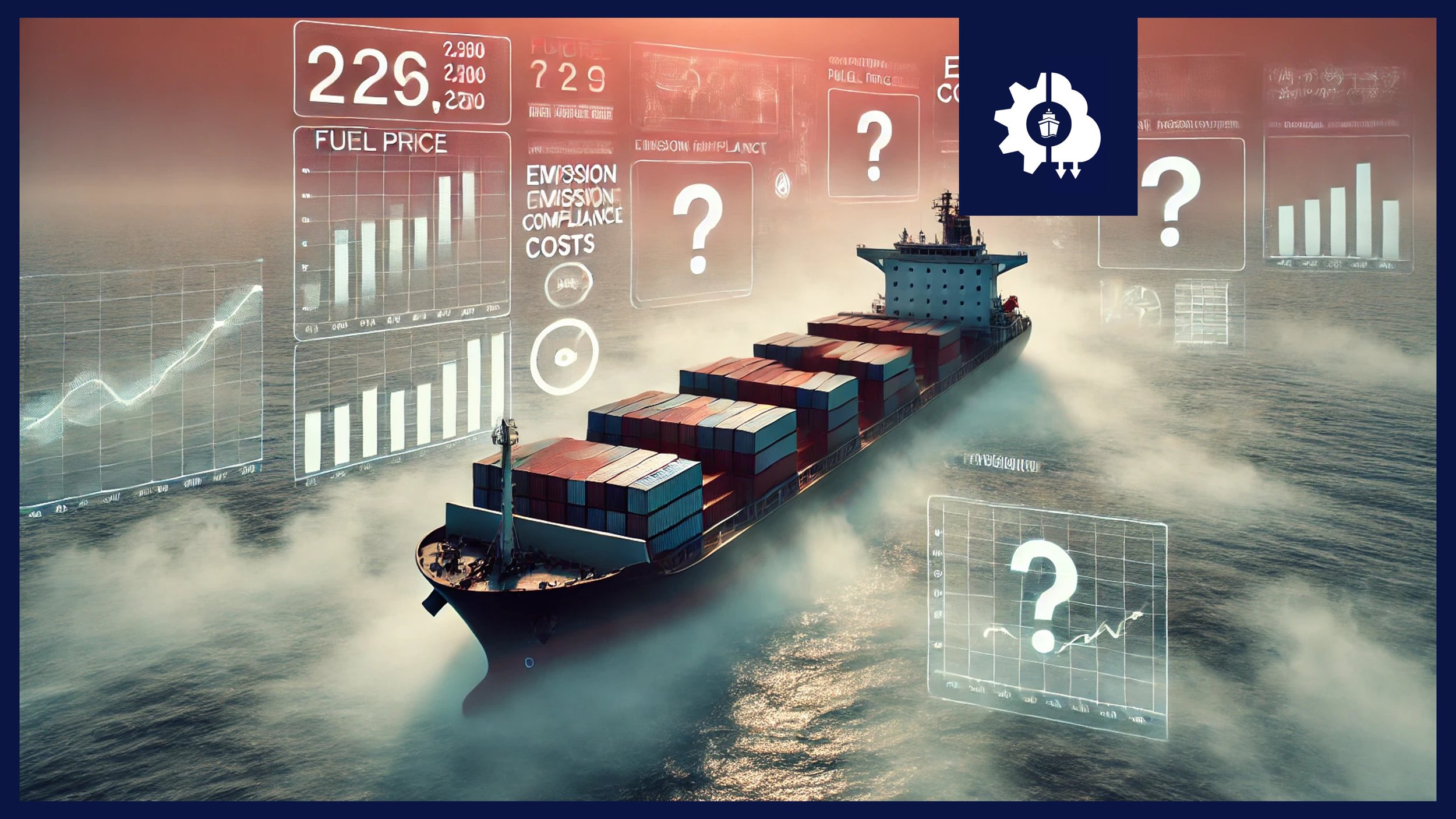Case studies
Illustrative examples on decarbonization measures, costs and regulations
- Alfa Laval
- Alternative Fuels
- Ammonia
- Amsterdam
- Arctic
- Arenared
- Asia
- Australia
- Autonomous
- Ballard
- BAM
- Barge
- Batteries
- Battery Hybrid
- Bio-methanol
- Biodiversity
- Biofuels
- Blog
- Bluewater
- BP
- Bulk Carrier
- Carbon Capture
- Case Study
- Cavotec
- CCS
- China
- Clean Shipping Act
- Climeon
- CMA CGM
- Cobalt
- Combination Carrier
- Container Ship
- Corvus
- COSCO
- Cruise passenger
- Damen
- Decarbonizer
- Decarbonizer case study
- Digitalization
- Dredging
- Econowind
- Ecospeed
- Electrification
- Energy Major
- Engine
- ENI
- EOPSA
- Equinor
- EU
- EU ETS
- Exhaust gas
- FAME
- Feeder
- Fishing
- Flind
- Floating Solar
- Fossil Fuels
- Fuel Cost Calculator
- FuelEU
- FuelEU Maritime
- Full Electric
- Gas Carrier
- GE
- General Cargo
- GoodFuels
- Green Hydrogen
- Hapag-Lloyd
- Harbor Tug
- HBE
- Heerema
- Hull Coating
- Hullvane
- HVO
- Hybrid
- Hydrogen
- IMO
- Industry
- Inland Waterways
- Inland Waterways General Cargo
- Inland Waterways Tanker
- InnovationQuarter
- Japan
- Knutsen
- Kongsberg
- KVNR
- Liquefied Gas Carrier
- LNG
- LNG Carrier
- LPG Tanker
- Maersk
- Maritime Battery Forum
- MDO
- Metasorbex
- Methanol
- Microgrids
- Miscellaneous
- Mobilyze
- Movie
- MSC
- Neste
- Netherlands
- North Star
- NorthVolt
- Norway
- NOx
- Ocean Sun
- Offshore
- Offshore Charging
- Offshore Construction Vessel
- Offshore Support Vessel
- Ore Carrier
- Ørsted
- Passenger Ship
- Plastic
- Port / Tugs
- Port of Auckland
- Port of Rotterdam
- Ports
- Project BOEI
- Provincie Zuid-Holland
- Pusher Tug
- Q&A
- QuantumScape
- Recycling
- RFNBOs
- Rijkswaterstaat
- Ro-Ro Ships
- Rotterdam
- Rules and Regulations
- Semi-Submersible
- SFC
- Shell
- Shipping Company
- Shore Battery
- Shore Power
- Shorelink
- Singapore
- Skoon
- Smart Vessel Optimizer
- Solar PV
- Solid-State Lithium
- Sparky
- Steel
- Stillstrom
- Subsea Industries
- Synthetic Fuel
- Talk with an Expert
- Tanker
- Tanker/Bulk Carrier
- Techbinder
- Techno-Economic Guide for Ship-Based Carbon Capture
- TotalEnergies
- Trailing Hopper Suction Dredger
- Trawler
- US
- Van Oord
- Wärtsilä
- Waste heat recovery
- Wattlab
- Wind
- Wind Power
- Yara
- Zero-Emission Vessel
Choosing the right fuel: a brief guide to future prices and compliance costs
This case study analyzes 10 marine fuels using an HFO-equivalent model to determine their full lifecycle costs, including fuel prices and regulatory compliance costs, from 2025 to 2050. The results highlight a critical tipping point in 2040, driven by the FuelEU Maritime regulation increasing carbon intensity reduction targets sharply from 14.5% to 31%. This blog provides shipowners with guidance on how to navigate these evolving cost scenarios and maintain competitiveness to ensure future-proof investments.
FuelEU + EU ETS compliance costs for CMA CGM, Hapag-Lloyd and COSCO
This case study calculates and compares EU ETS and FuelEU compliance costs for three major shipping companies: CMA CGM, Hapag-Lloyd and COSCO. From 2025 until 2050, these three companies will pay a total compliance cost of $54B (CMA CGM), $25B (Hapag-Lloyd) and $32B (COSCO).
Compliance costs of VLSFO vs. bio-methanol vs. e-ammonia
This case study calculates and compares the compliance costs with regards to EU ETS and FuelEU for VLSFO, bio-methanol and e-ammonia. Results show that the averaged compliance costs for VLSFO between 2025 and 2050 are $966 per mT.
What is carbon insetting?
Reducing carbon emissions in the shipping sector can be hard and expensive. Carbon insetting is a way to compensate for emissions that you are unable to mitigate within your normal operations - or are too costly to mitigate - but can be mitigated at other places in your fleet or the sector. Carbon insetting is simple, scalable and perhaps most importantly: almost all vessels can do it without the need for retrofitting or upfront investment costs.
How to build a green hydrogen refinery for the maritime industry in Rotterdam
Over 20% of all Dutch emissions are coming from the Port of Rotterdam, of which the production of grey hydrogen from fossil feedstock is one of the main culprits. This article explores what is needed to build a green hydrogen refinery. It provides an overview of the existing fossil infrastructure and fuel consumption, which technologies are required to transform, how much it would cost and who are actually working on it.





